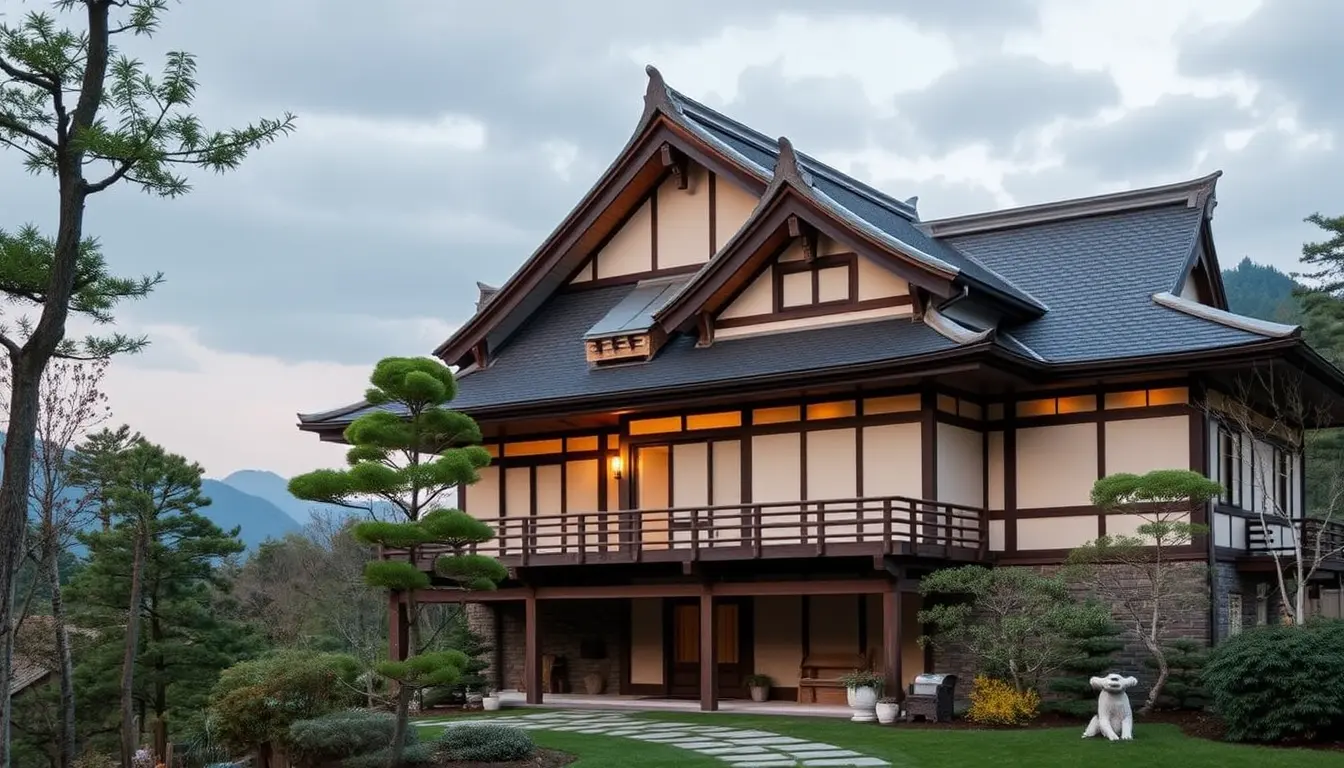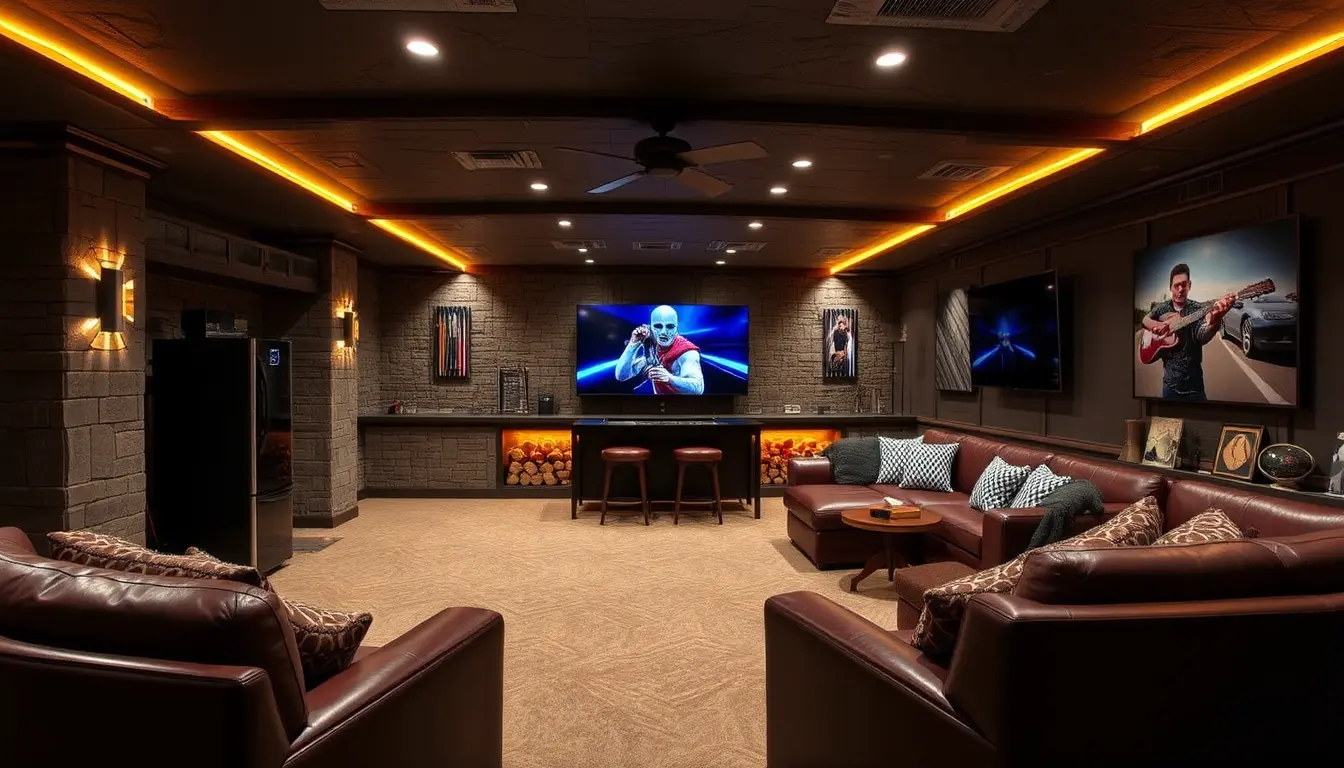Why Minimalist Japanese Home?
Have you ever walked into a space and felt your shoulders instantly relax? That’s exactly what happened to me when I first stepped into a traditional Japanese home during my design research trip to Kyoto. The sense of calm was almost tangible like a gentle wave washing away the stress of the outside world. As someone who’s spent over a decade studying and implementing various design philosophies, I can tell you that there’s something truly special about minimalist Japanese homes.
I remember sitting in that Kyoto home, sipping green tea with my host, and having an “aha” moment: this wasn’t just about aesthetics – it was about creating a sanctuary for the soul. Today, as an interior designer and someone who’s transformed countless homes with these principles, I’m excited to share everything I’ve learned about creating a minimalist Japanese home that not only looks beautiful but feels right.
What is a Minimalist Japanese Home?
Let me break this down in simple terms. While Western minimalism often feels stark and sometimes even cold (think all-white everything and empty spaces), Japanese minimalism is different. It’s warm, welcoming, and deeply connected to nature. I like to think of it as “cozy minimalism” – where less truly becomes more.
The concept has its roots in Zen Buddhism, which emphasizes simplicity and mindfulness. But don’t worry – you don’t need to be a Zen master to appreciate or create a Japanese minimalist home! The philosophy is simple: every item should have a purpose, and your space should promote peace and harmony.
When my clients ask me about Japanese minimalism, I often share this analogy: Think of your home as a bento box. In a bento, each ingredient has its place, nothing is superfluous, and there’s an inherent beauty in its organization. That’s exactly what we’re aiming for in a minimalist Japanese home.
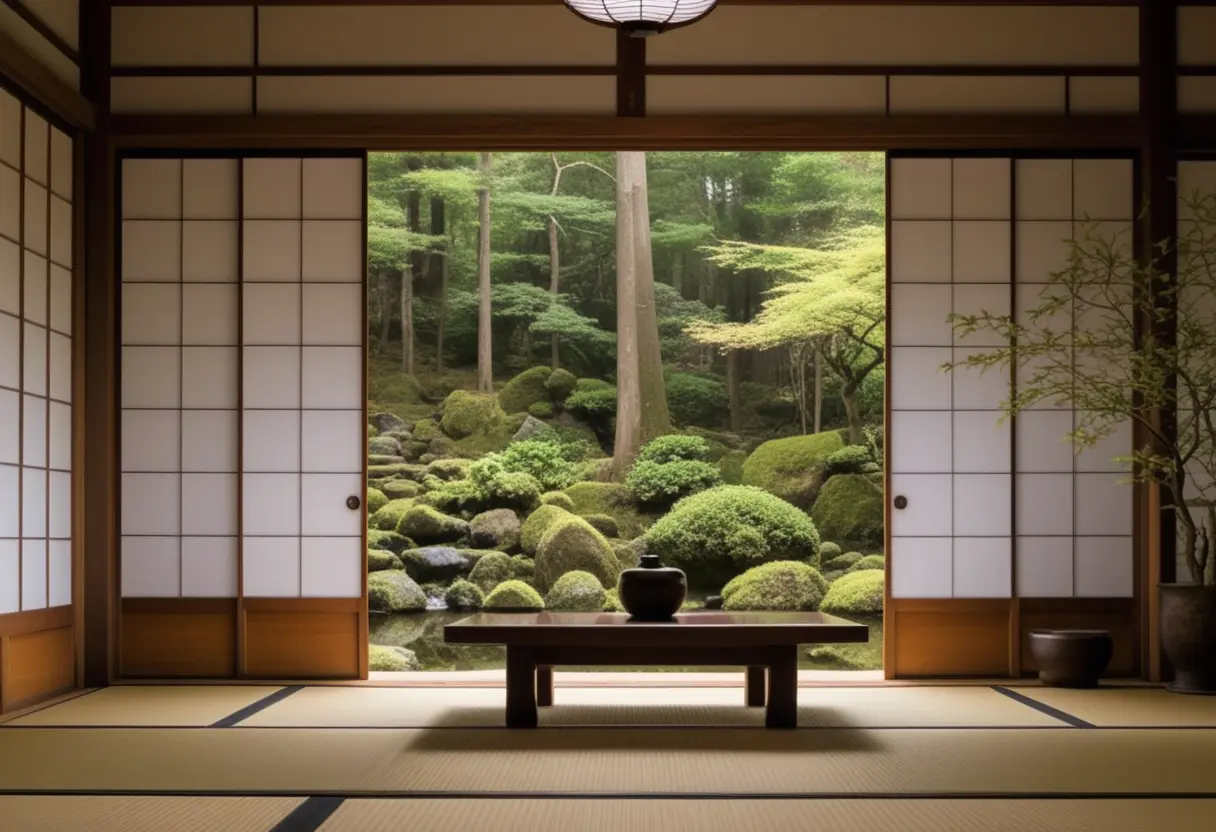
The Philosophy Behind the Design
The roots of Japanese minimalism run deep into the country’s cultural bedrock. It’s fascinating how it all connects:
- Zen Buddhism: The philosophy emphasizes the importance of emptiness (ma) and finding beauty in simplicity. Think of it as creating breathing room for your spirit.
- Wabi-sabi: This principle celebrates the beauty of imperfection and natural aging. It’s like permitting yourself to find beauty in that slightly worn wooden table or naturally aged copper vase.
- Kanso: The principle of simplicity reminds us that true clarity comes from elimination, not addition. I often tell my clients, “It’s not about what you add to a space, but what you mindfully choose to leave out.”
How Japanese Minimalism Differs from Western Approaches
While Western minimalism often feels like it’s trying to prove a point with its stark whites and empty spaces (I call it the “gallery effect”), Japanese minimalism is more like a warm embrace from nature itself. It’s living proof that less can be so much more.
I’ve noticed some key differences in my practice:
- Purpose vs. Aesthetics
- Western: Often focuses on the visual impact
- Japanese: Emphasizes the harmony between function and form
- Material Choices
- Western: Tends toward manufactured materials and stark contrasts
- Japanese: Celebrates natural materials and subtle variations
- Space Usage
- Western: Often creates designated spaces for specific purposes
- Japanese: Embraces flexible, multi-purpose spaces that transform throughout the day
Key Design Principles of a Minimalist Japanese Home
1. Emphasis on Nature (Biophilic Design)
You know that feeling when you walk through a forest and feel instantly relaxed? That’s what we’re trying to bring indoors. This isn’t just about adding a few plants – it’s about creating a dialogue between indoor and outdoor spaces. Here’s how I approach it:
Natural Materials:
- Woods: Hinoki cypress, cedar, and bamboo for their natural antimicrobial properties
- Stones: River rocks, slate, and granite for grounding elements
- Fibers: Rice straw (for tatami), cotton, and linen for textiles
Incorporating Nature:
- Create a “borrowed landscape” (shakkei) by framing outdoor views
- Use indoor plants strategically – think quality over quantity
- Include natural textures in everyday items (bamboo utensils, wooden bowls)
Pro Tip: I always recommend starting with one natural element as a focal point. In my home, it’s a stunning piece of raw-edge maple wood serving as a coffee table. It becomes a conversation starter and sets the tone for the entire space.
2. Open and Flexible Spaces
One thing that amazed me during my visits to Japanese homes was how rooms transformed throughout the day. Remember those fascinating transformer toys from childhood? Japanese spaces work similarly! A living room becomes a dining room, which becomes a bedroom – all through clever design and furniture choices.
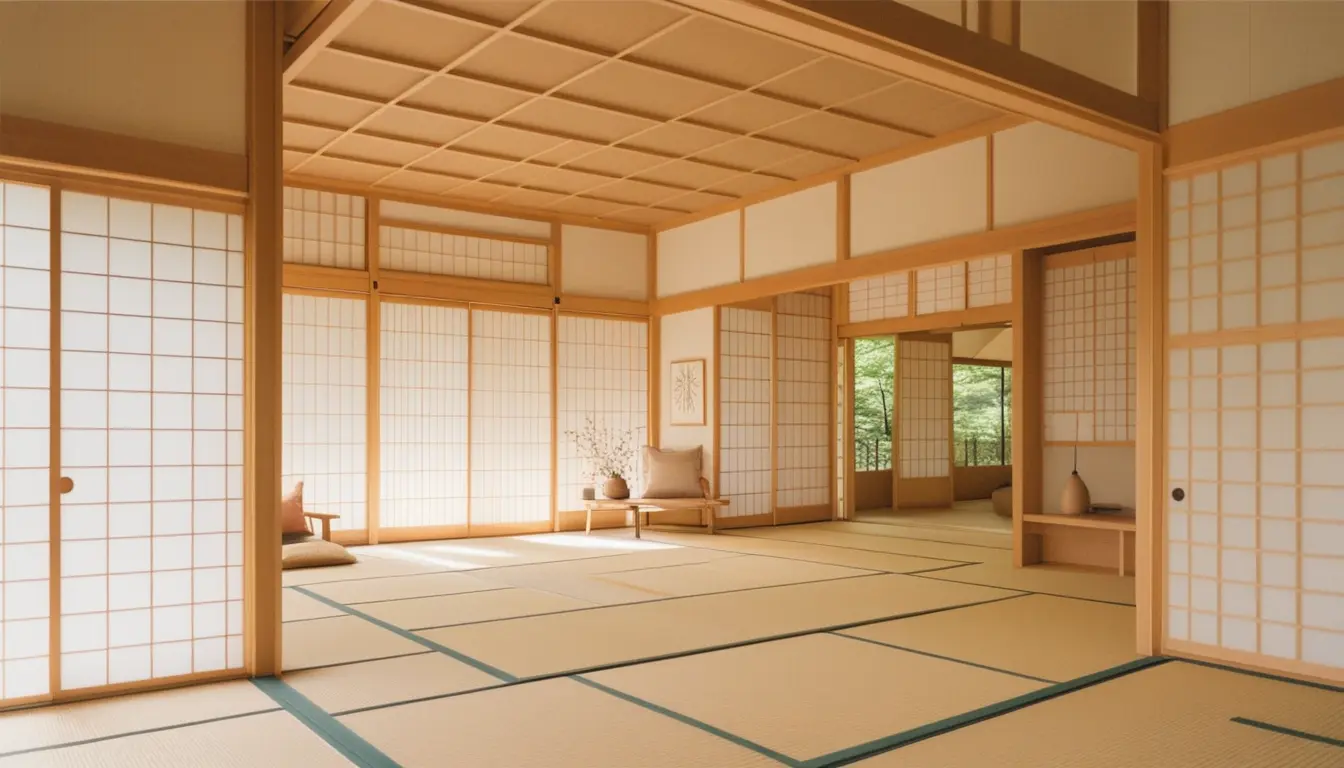
The flexible space concept (called ‘fusuma’) is revolutionary once you understand it. Here’s how to make it work:
Space Planning:
- Use movable partitions instead of fixed walls where possible
- Create sight lines that draw the eye through the space
- Design rooms with multiple functions in mind
Storage Solutions:
- Built-in storage that disappears into walls
- Furniture that serves multiple purposes
- Hidden compartments in floor sections (a traditional Japanese technique)
One of my clients lived in a 500-square-foot apartment. By implementing flexible space principles, we created a space that could transform from a home office to a dining room to a bedroom, all while feeling spacious and serene.
3. Simplicity and Decluttering
I’ll be honest – this was the hardest principle for me to master. Like many of you, I used to be a bit of a packrat. But here’s what I learned: clutter isn’t just about the stuff you can see; it’s about the mental weight it carries. This is where many people struggle, but I’ve developed a system that makes it manageable:
The Japanese Art of Decluttering:
- Start with categories (clothes, books, papers, kimono/miscellaneous)
- Ask three questions about each item:
- Does it serve a clear purpose?
- Does it bring joy?
- Has it been used in the last year?
Storage Philosophy:
- Everything should have a designated home
- Store similar items together
- Make frequently used items easily accessible
- Keep storage solutions simple and visible
When I first embraced this principle, I reduced my possessions by 60%. The surprising result? I can’t remember a single item I gave away, but I’ll never forget how much lighter and freer I felt afterward.
4. Neutral and Earthy Color Palette
Color in Japanese design is subtle but sophisticated. Here’s my go-to palette:
Base Colors:
- Shoji white (warmer than pure white)
- Rice paper beige
- Cedar brown
- Stone gray
- Moss green
Accent Colors:
- Indigo blue (from traditional textiles)
- Burnt orange (like autumn maple leaves)
- Deep forest green
- Clay red
Application Tips:
- Use darker tones for grounding elements (floors, large furniture)
- Lighter tones for walls and ceilings
- Add subtle color through natural elements like plants or flowers
- Consider the way natural light will affect your color choices throughout the day
Think of it as creating a canvas that helps you appreciate each element in your space. It’s like turning down the volume on visual noise so you can better hear the beauty of simplicity.
5. Maximizing Natural Light
I can’t stress this enough – natural light is your best friend in Japanese design. In my experience, the right lighting can make a small space feel twice as large and ten times more welcoming. Light is treated as a material in Japanese design. Here’s how to master it:
Light Management:
- Position furniture to allow light flow
- Use translucent materials (like shoji screens) to diffuse light
- Create layers of light using different heights and sources
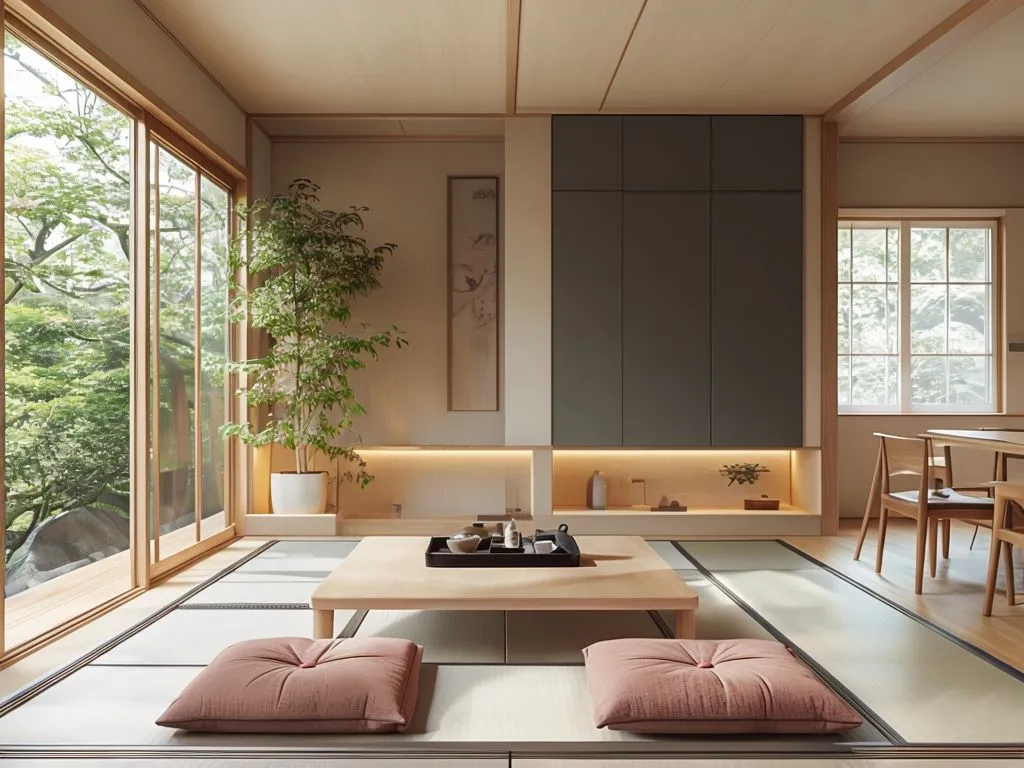
Window Treatments:
- Strategic placement of mirrors to bounce light
- Simple bamboo blinds for light filtering
- Minimal window coverings where privacy allows
Key Elements to Incorporate in a Minimalist Japanese Home
Furniture and Decor
Let’s break this down by room:
Living Area:
- Low-profile sofa or floor cushions (zabuton)
- Simple wooden coffee table
- Minimal art – one striking piece per wall maximum
- Built-in storage or clean-lined cabinets
Bedroom:
- Platform bed or traditional futon
- Simple side tables
- Bamboo or wooden clothes rack
- Minimal window treatments
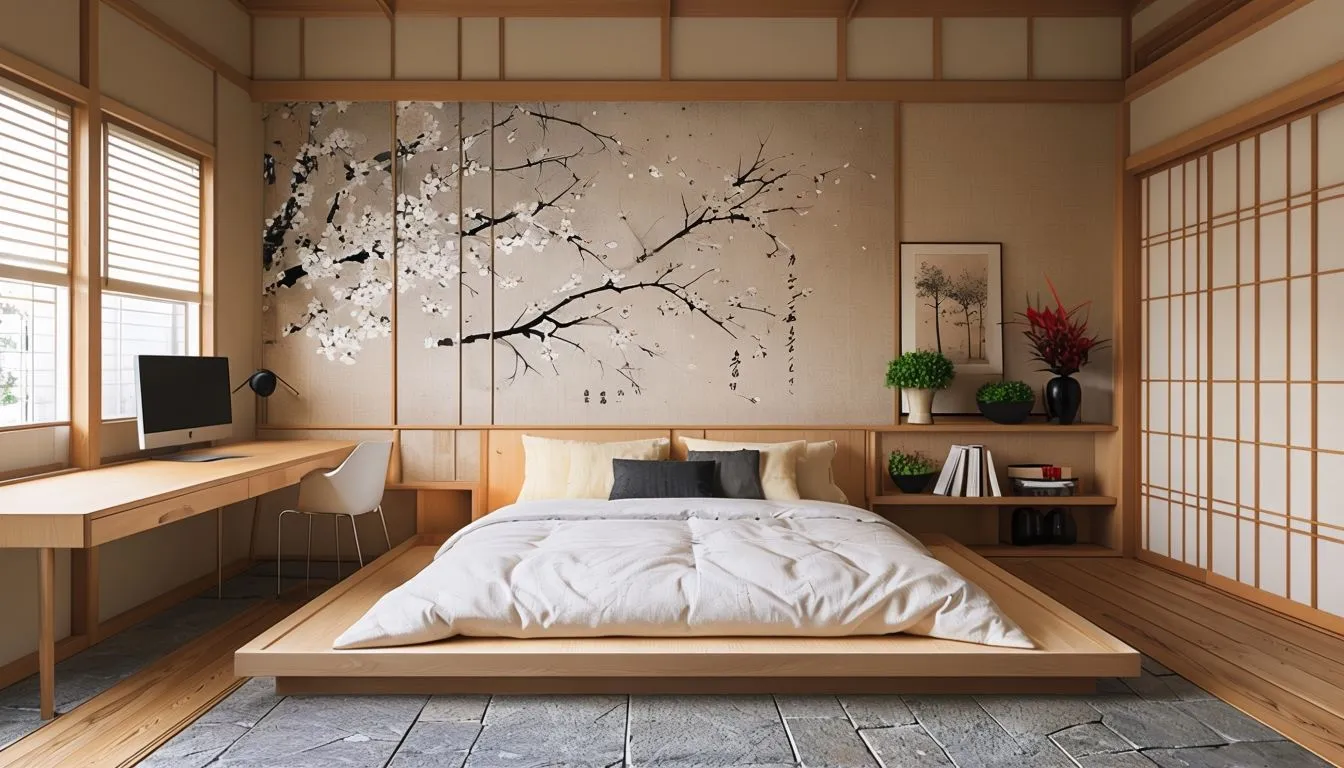
Dining Area:
- Low dining table (chabudai) or standard-height table with clean lines
- Cushions or simple chairs
- One statement piece (like a handmade ceramic vase)
- Natural fiber mat or rug
Shoji Screens and Sliding Doors
These elements are crucial for creating flexible spaces:
Types of Screens:
- Traditional shoji (rice paper and wood)
- Modern interpretations (frosted glass, natural fiber inserts)
- Sliding panels (more durable for daily use)
Installation Options:
- Track-mounted sliding doors
- Folding screens for a temporary division
- Built-in sliding walls
- Pocket doors that disappear into walls
Tatami Mats and Natural Flooring
Flooring sets the foundation for your space:
Traditional Options:
- Authentic tatami mats (rice straw core with rush grass covering)
- Bamboo flooring
- Natural stone tiles
- Hardwood planks
Modern Alternatives.
While traditional tatami mats might not be practical for everyone, you can capture their essence with:
- Tatami-style mats made from modern materials
- Cork flooring
- Sustainable bamboo options
- Natural fiber carpeting
Japanese Garden or Courtyard
Even small spaces can incorporate natural elements:
Indoor Gardens:
- Bonsai displays
- Mini rock gardens
- Bamboo arrangements
- Wall-mounted plant features
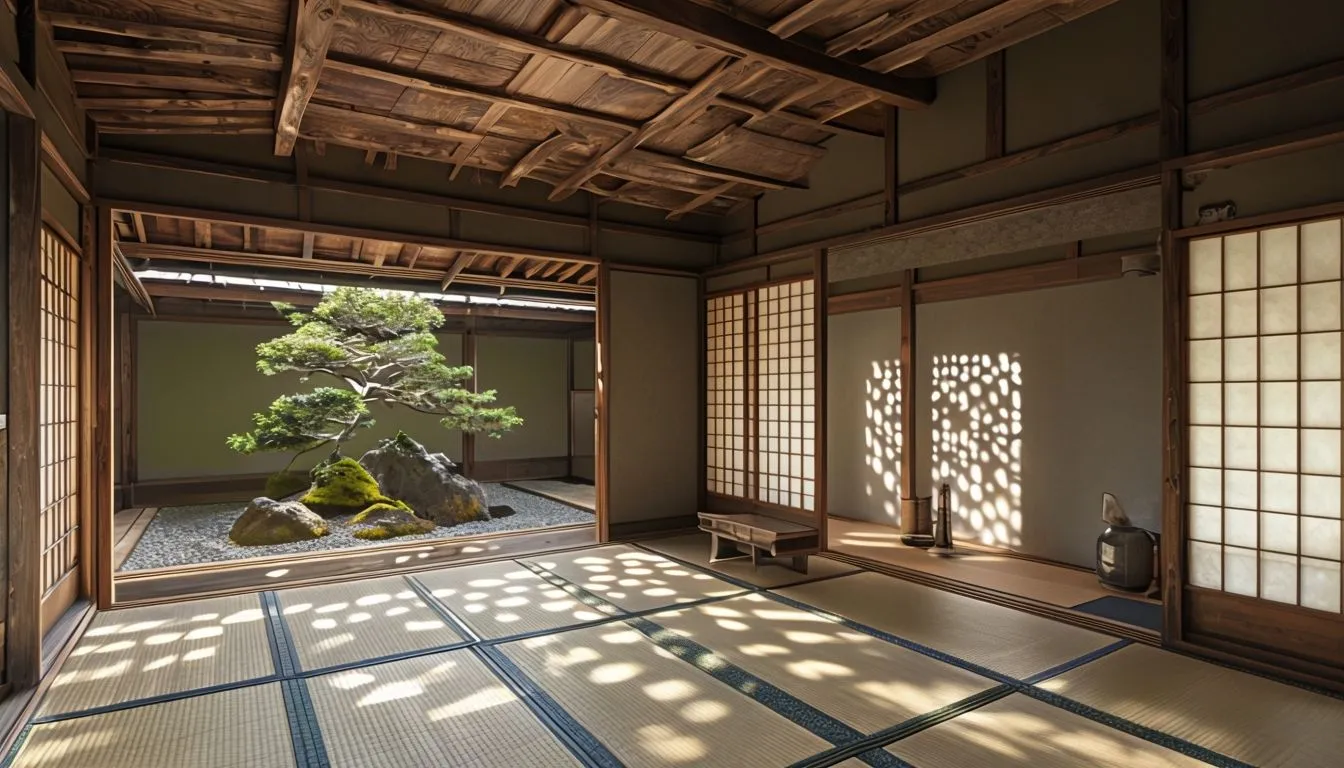
Outdoor Spaces:
- Gravel or sand gardens
- Balcony Zen gardens
- Container gardens with Japanese plants
- Water features (even small ones)
Creating a Minimalist Japanese Home on a Budget
Making this style accessible is important to me. Here are my top budget-friendly tips:
DIY Projects:
- Create your shoji-style screens using wooden frames and rice paper
- Build a low platform bed using basic lumber
- Make floor cushions from natural fabrics
- Design a mini rock garden using found materials
Smart Shopping:
- Look for natural materials at architectural salvage yards
- Shop secondhand for wooden furniture
- Use natural cotton or linen for curtains instead of custom screens
- Find affordable plants at local nurseries
Gradual Implementation:
- Start with one room or area
- Focus on decluttering first (it’s free!)
- Upgrade pieces one at a time
- Learn basic Japanese joinery for DIY projects
Benefits of Adopting a Minimalist Japanese Home
The benefits I’ve seen in both my own life and my clients’ lives are remarkable:
Mental Well-being:
- Reduced anxiety due to organized spaces
- Better sleep in clutter-free bedrooms
- Improved focus and productivity
- Enhanced mindfulness in daily activities
Physical Benefits:
- Better air quality due to natural materials
- Improved posture from floor-sitting options
- More physical movement due to flexible spaces
- Reduced allergies from minimal dust-collecting items
Environmental Impact:
- Less consumption overall
- Focus on sustainable materials
- Reduced energy usage through natural light
- Longer-lasting, quality items
Financial Benefits:
- Reduced impulse purchases
- Lower maintenance costs
- Energy savings
- Higher home value due to timeless design
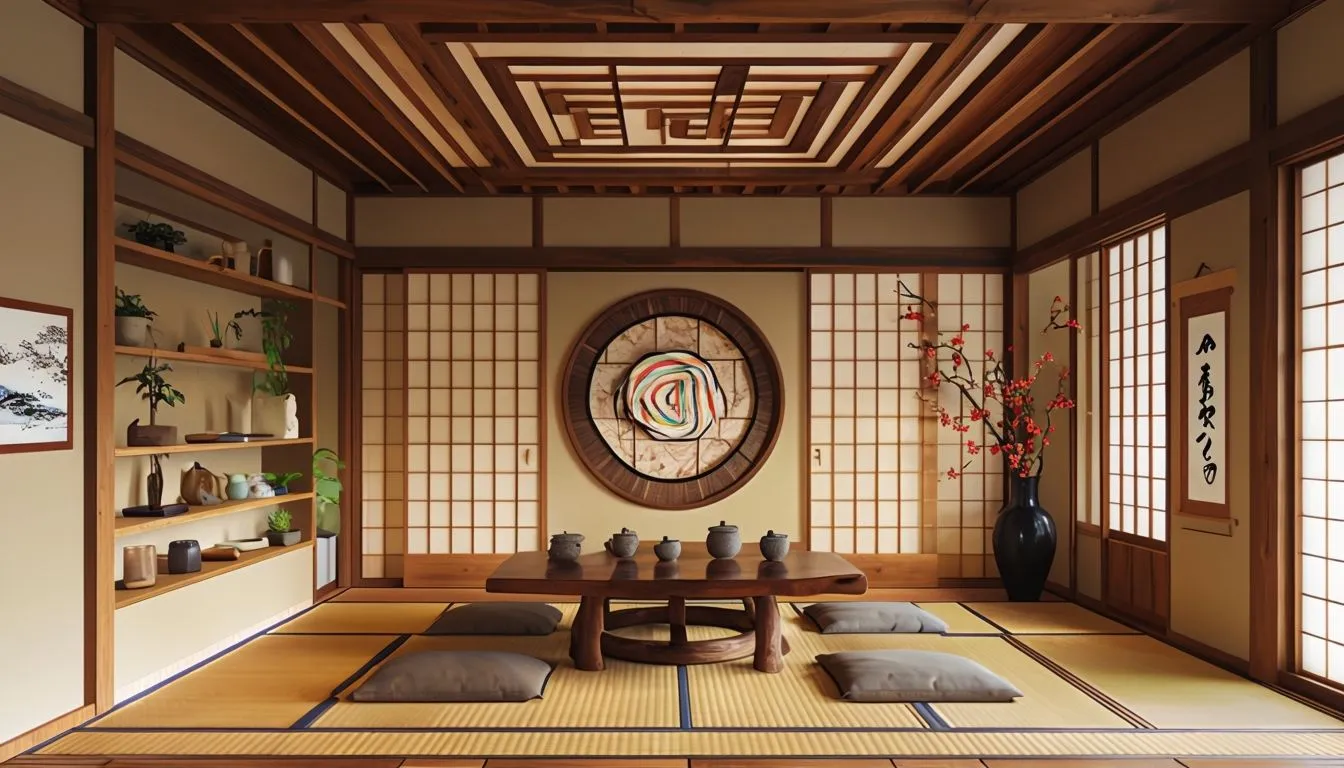
Conclusion: Your Journey to Japanese Minimalism
Creating a minimalist Japanese home is more than a design choice – it’s a journey toward intentional living. Start small, perhaps with a single room or even a corner. Remember what my Japanese mentor once told me: “In the beauty search, less becomes more, and more becomes less.”
Here’s a simple way to begin:
- Observe your space and how you use it
- Remove what doesn’t serve a purpose or bring joy
- Introduce one natural element
- Create a flexible space
- Gradually add authentic Japanese elements
Remember, this isn’t about creating a museum-perfect space – it’s about crafting a home that supports your well-being and brings you peace. As you embark on this journey, be patient with yourself. Every item removed, every space simplified, is a step toward a more mindful way of living.
What challenges have you faced? What victories have you celebrated? Remember, every home has the potential to become a sanctuary – it’s just about taking that first step toward simplicity.
Want to learn more about house design? Check out our related articles.
